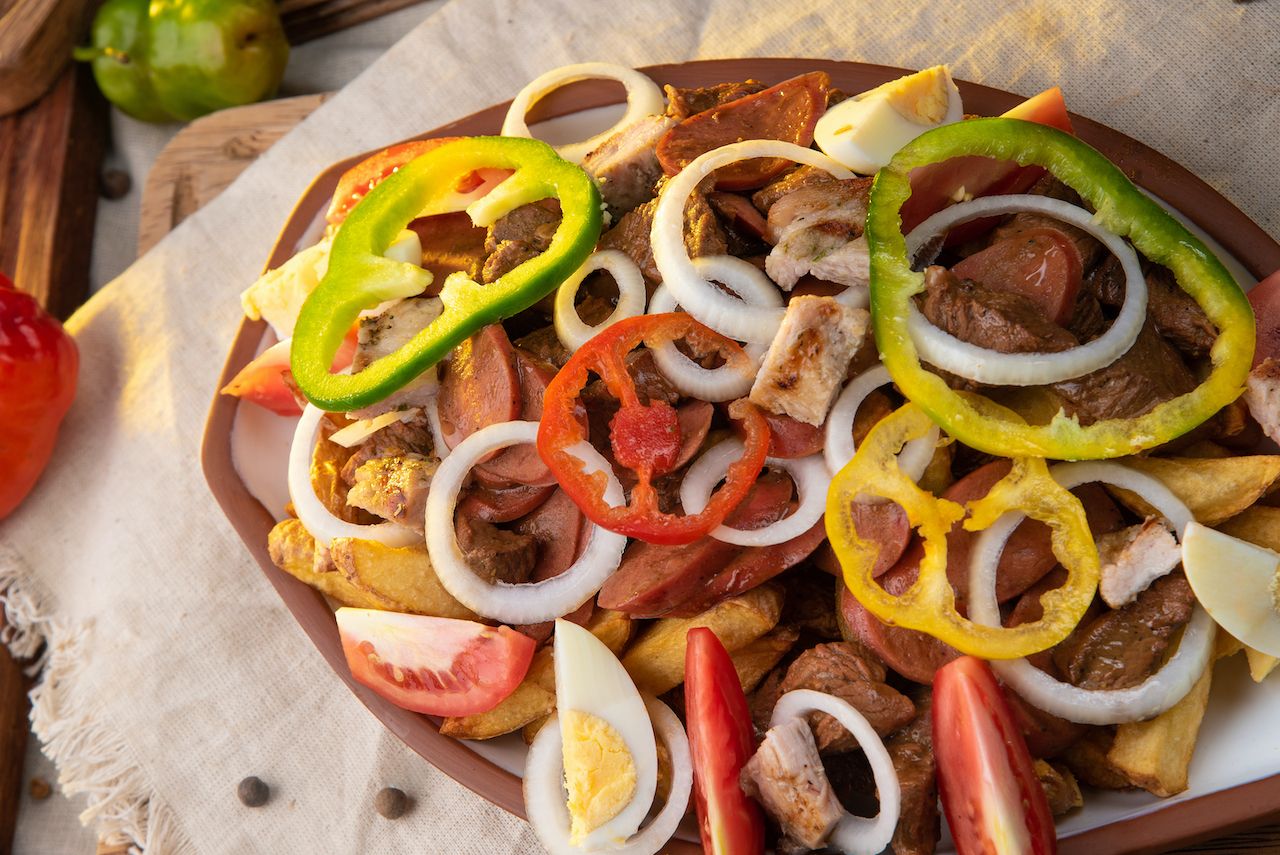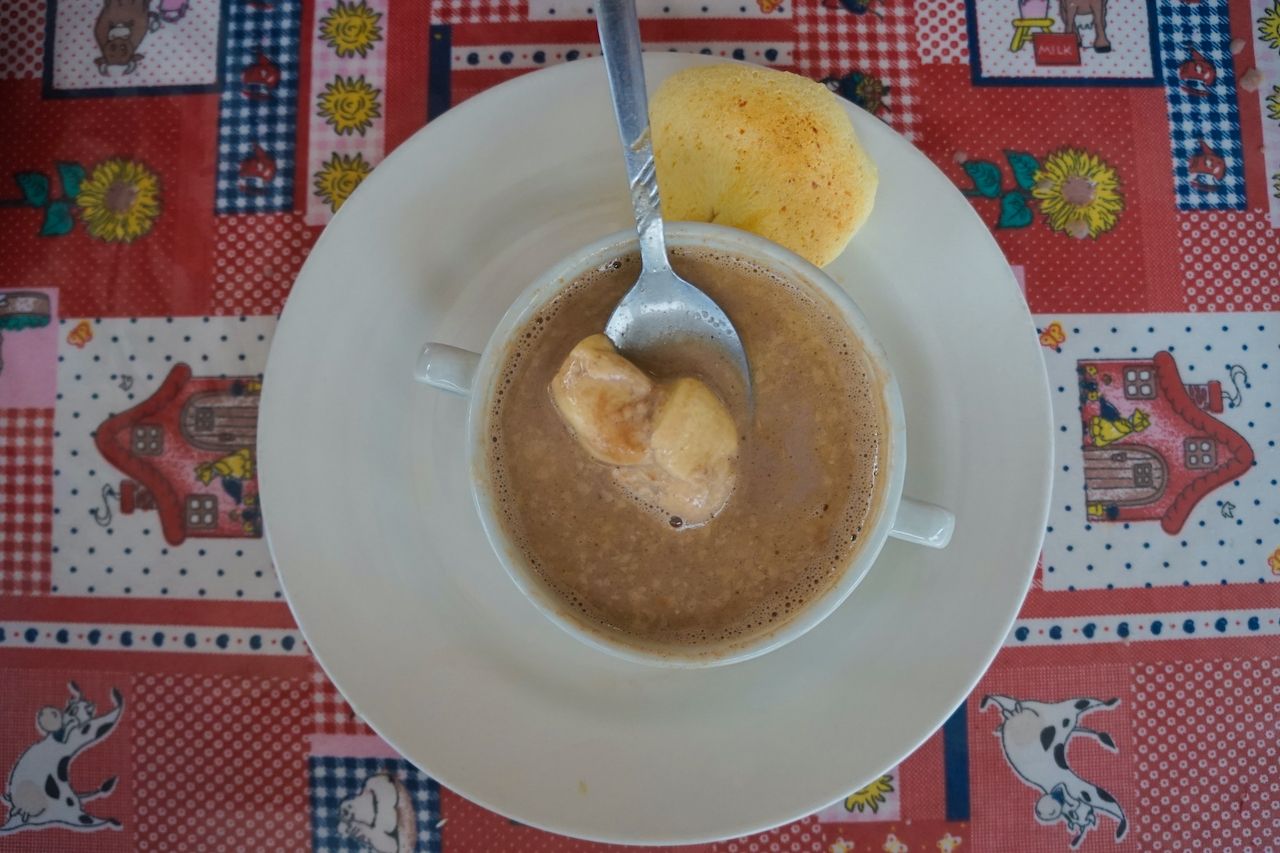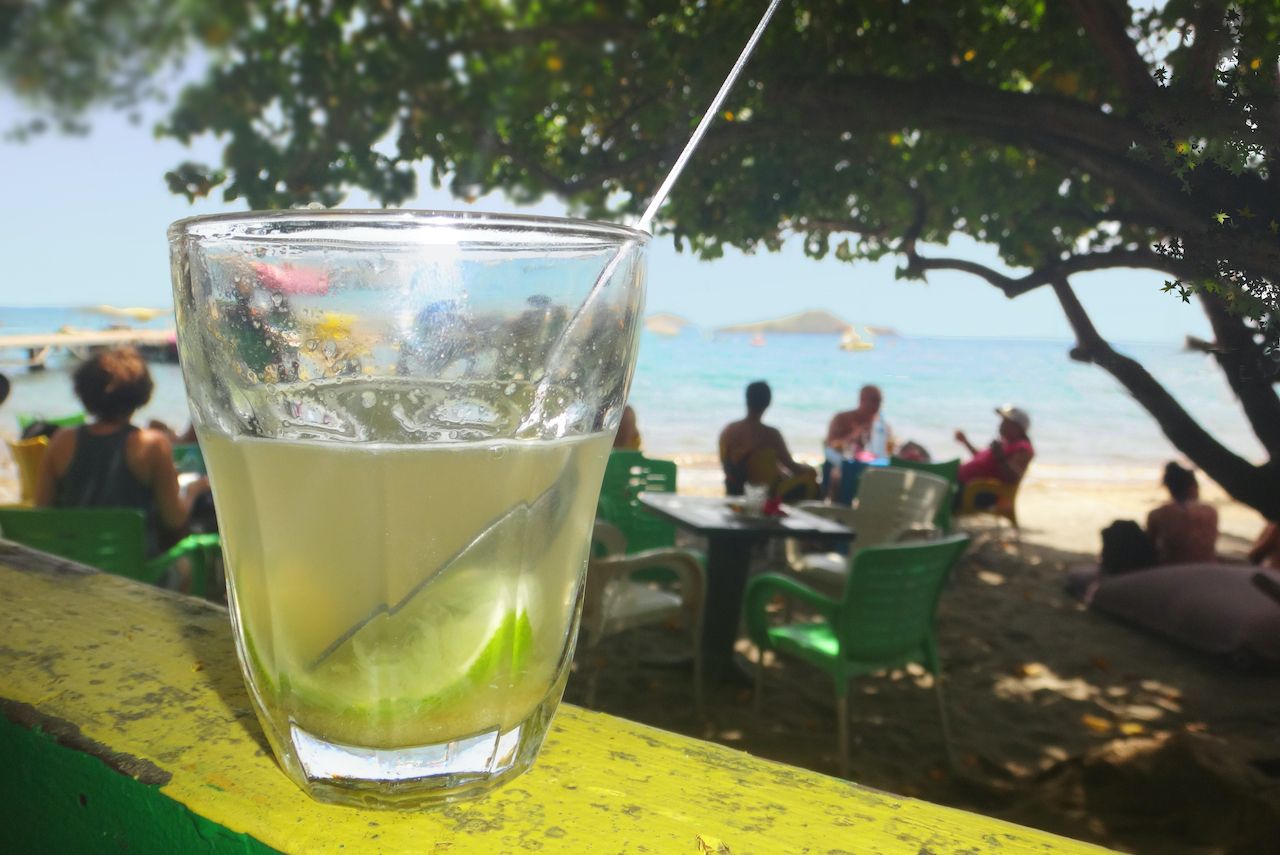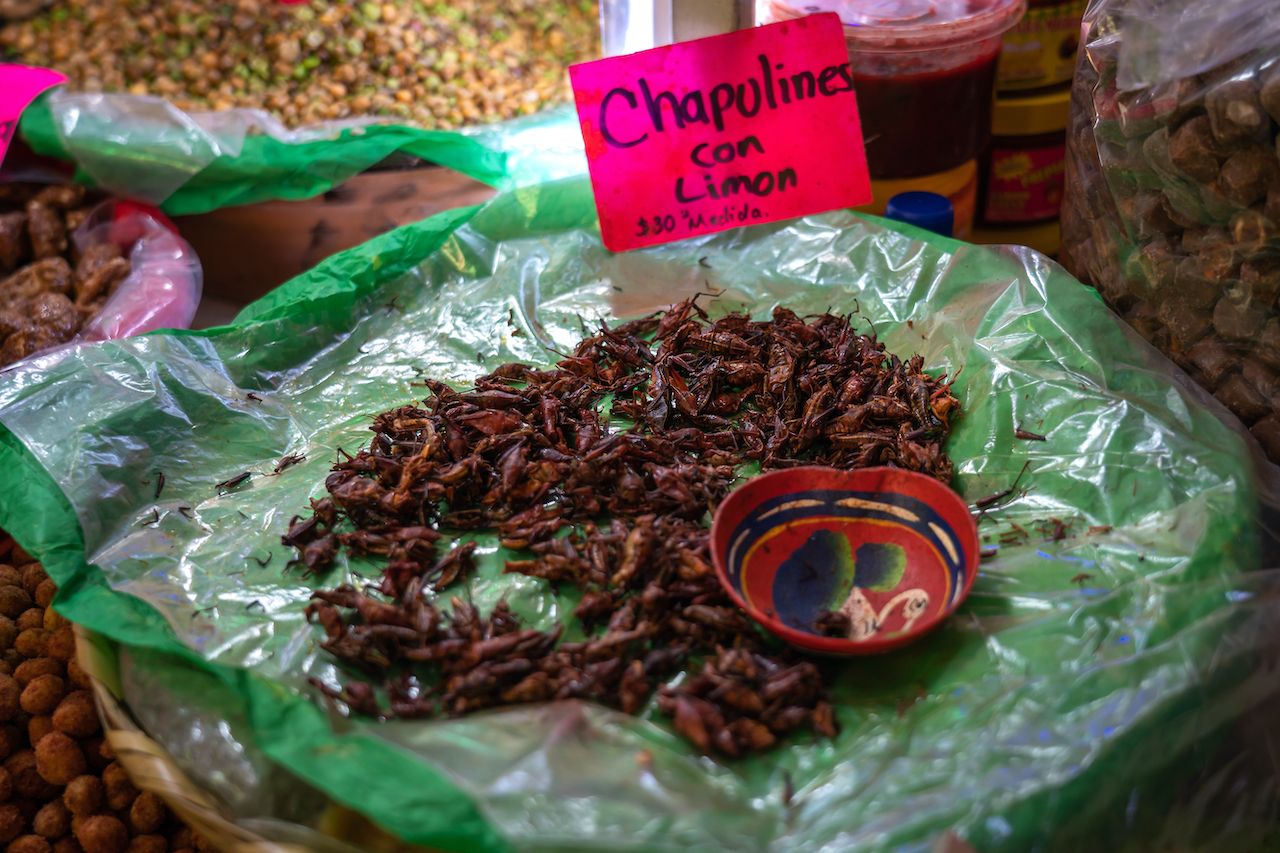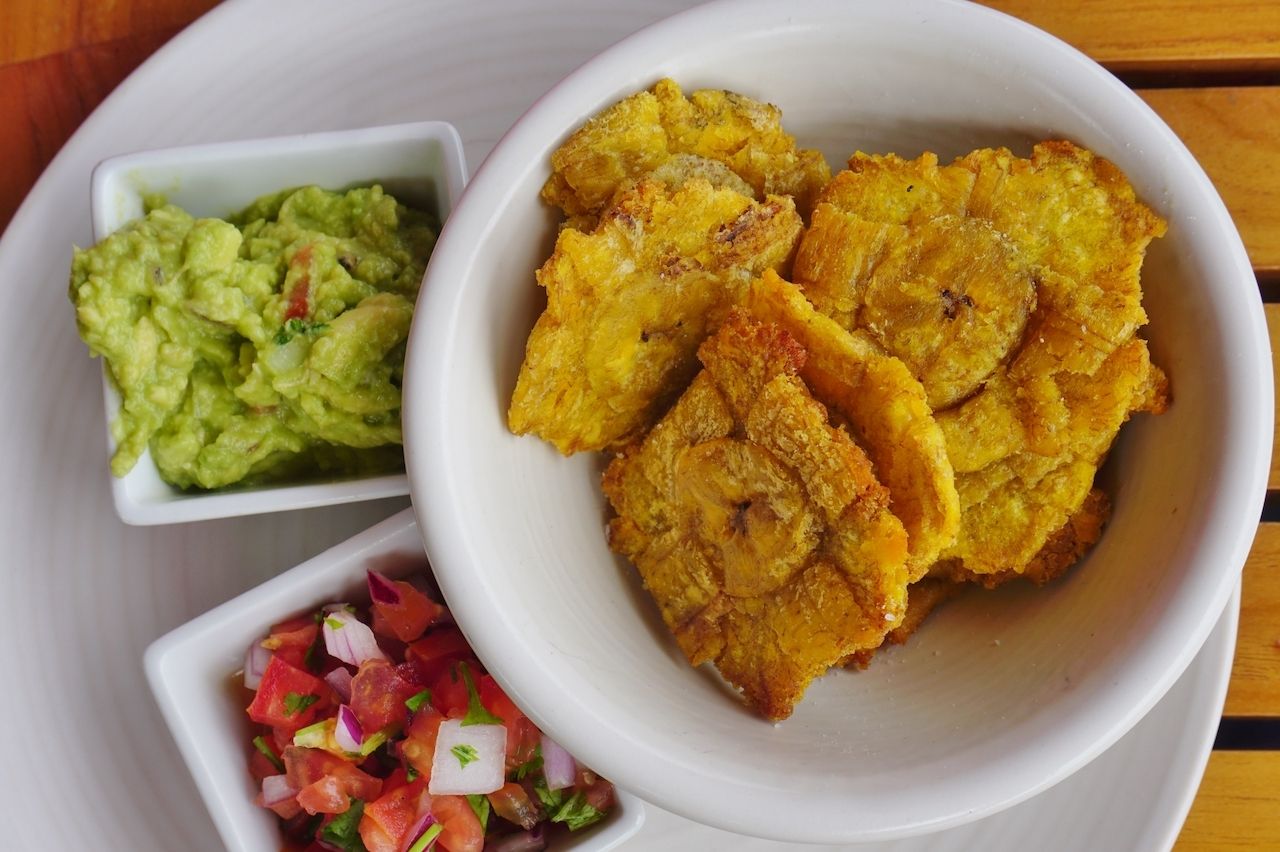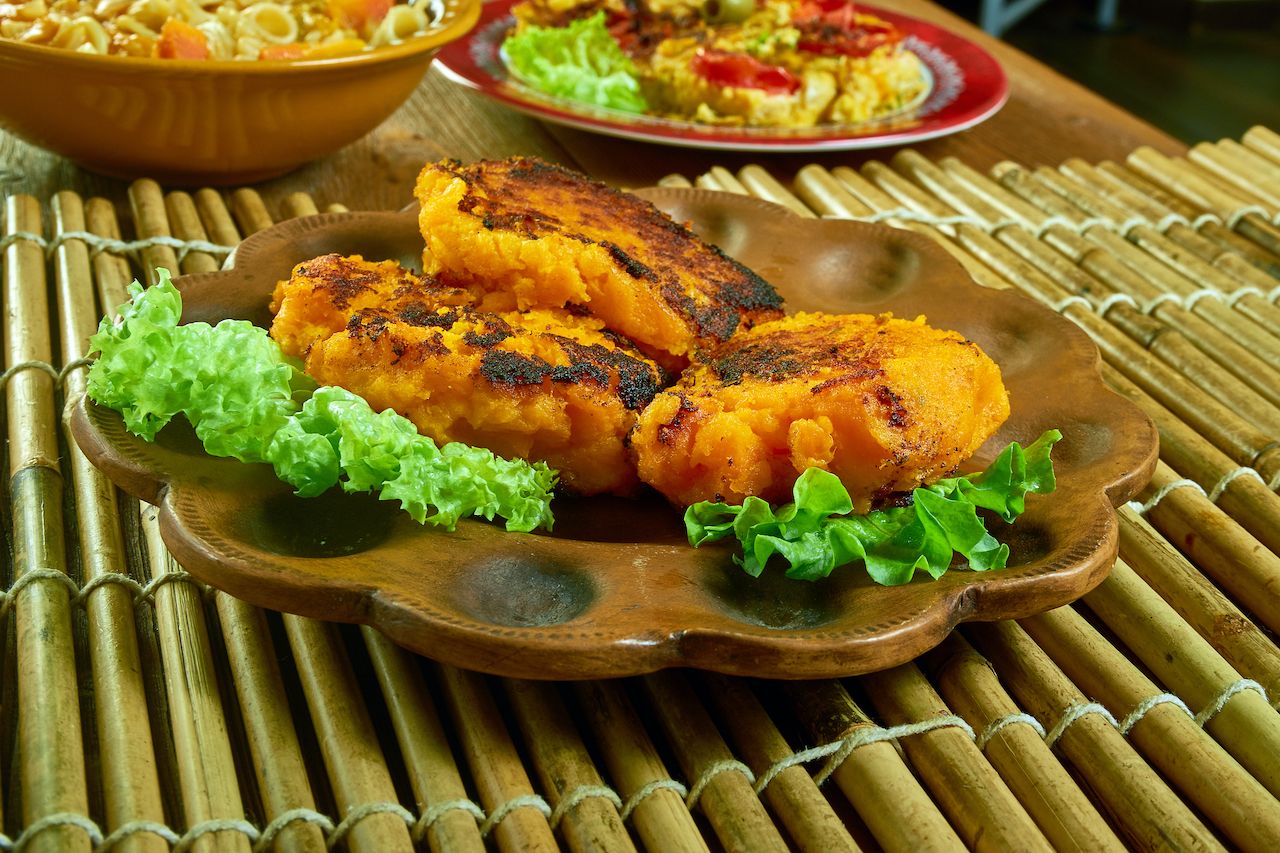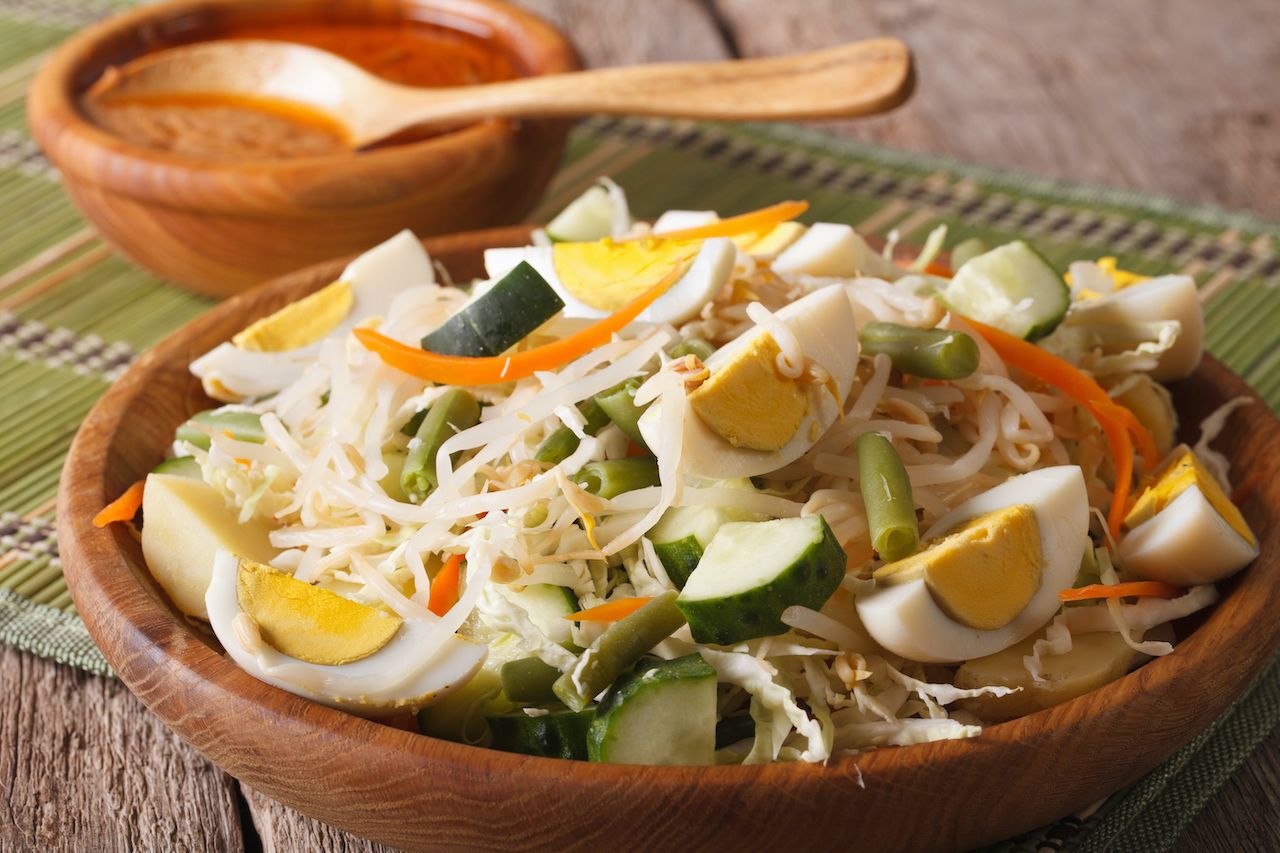The countries that make up Latin America have strong gastronomic cultures. Those with culinary curiosity are almost certainly aware of Venezuelan arepas and well versed in Mexican tacos and tortillas. Perhaps a michelada or two have been sipped, but what of the unsung heroes like Guatemala’s 40-ingredient salad? Or the Haitian rebellion delicacy that’s prepared on New Year’s Day? Or what about Guyana’s self-preserving meat stew?
These locally celebrated dishes, that more typically fly under the radar or have been unjustly maligned, deserve their time in the spotlight — and on your plate.

